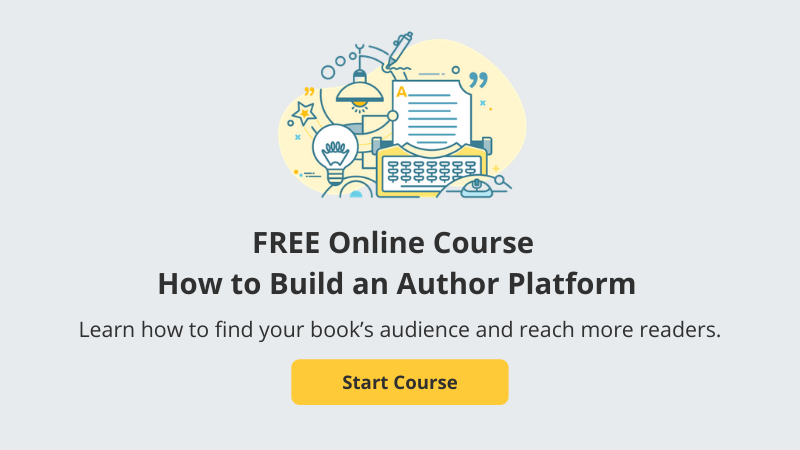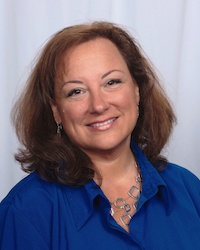Updated November 27, 2024
The secret to success in book publishing has always been knowing the market. Diving deeply into current reading habits is just the start, and knowing how and why folks buy is the next step after learning what they read. Understanding your audience is key to building your author platform. Some great data came from a 2021 Gallup Poll that can help inform our next steps when creating sales and book marketing plans.
Are People Reading?
Short answer? Yes. Here's a high-level look at that Gallup Poll data:
- 27% of Americans 18+ read more than 10 books in 2020
- 83% of Americans read at least 1 book in 2020
- In the last seven years, the percentage of Americans reading one or more books increased from 91% to 83%
- Younger readers (18-34) continue to read more books than older age ranges, however, the difference is almost negligible. Readers aged 55+ read 12 books a year, those 35-54 read 12.5, and 18-35 read 13.
According to Gallup, the bottom line is this:
“Despite Americans' ability to access more information, social networks, games and media than ever before, as well as the lingering rumors of the book's demise, Americans still say they are reading books.”
What Are People Reading?
Data compiled from Literary Hub, Publishers Weekly, and Five Books gives us the top five bestselling fiction genres for 2023:
- Romance
- Fantasy
- Thrillers & Mysteries
- Comics/Graphic Novels
- Historical Fiction
The Library Journal shared results from their 2020 Materials Circulation Survey:
How Do Readers Get Book Recommendations?
There are also great studies to show how people find out about books. The Pew Foundation conducted a study a few years back that is still incredibly relevant. It revealed that personal recommendations from family members, friends, or co-workers dominate the book recommendation game with 64% of respondents citing these individuals as the ones from whom they get their recommendations. 28% of respondents said they get recommendations from online bookstores or other websites, 23% said they get them from staffers in bookstores they visit in person, and 19% said they get them from librarians or library websites.
Bottom line here: word of mouth sells books.
No matter how many times you tell me your book is amazing, unless we're close or you're a tastemaker in the book publishing industry, I probably won't just accept your word for it. I'll need a bit more proof before I purchase, and if you can get someone I DO know and trust to like your book, you're that much closer to getting me to like it too.
Applying What You've Learned
This is all great information, but how do you actually use it? Here are some quick takeaways from these numbers:
- If you don’t have your book in an ebook format, you're losing sales from those who prefer to read ebooks over print books.
- Adult fiction is outselling YA fiction. (Don’t let the idea that younger readers read more than older readers sway you.)
- Yes, memoir and bios are the number one nonfiction category at libraries, but those are almost exclusively driven by famous people who wrote their memoirs.
- The religious/inspirational category is also driven by a few, extremely popular personalities.
- The effects of recommendations online, by others, and by bookstore and librarian staffers cannot be overestimated.
If you have a self-help/inspirational guide, a business book, or any other nonfiction book consider these steps:
- Pick a potential reader and narrow your age range of 10 years in order to focus your book marketing efforts (micro-focus).
- Use the data coming out from Gallup, Pew, BISG, Publishers Weekly and Library Journal to determine where that age/gender group shops for books.
- Work daily to get your book in front of the influencers who are most likely to enjoy and recommend your book to others.
- Spend a little time each day promoting your book onto the shelves of stores, libraries, and online retailers.
Remember, the key is finding, understanding, and using the numbers and data available to all of us. It is too tempting to sit behind what we believe to be true. Many of us are guilty of making decisions based on assumptions. The best way to proceed is with hard data and facts behind your book marketing plans and activities.
So what is your reader base? Who reads your type of books? Where do they shop? And most importantly, once you have the facts—how do you attract those readers?
4 Steps to Attract Readers to Your Book
There are thousands of people out there right this moment who would want your book if they knew about it. How do you go about finding them and telling them about your book?
It all starts with this solid market research plan.
1. Find Authors and Books Similar to Yours That Are Selling Well Today
That may sound simple, but let’s break that out.
- Find authors in your arena, not in your genre. Many authors struggle with narrowing their focus too much when finding comparable titles. While no one has written a book exactly like yours, many authors have written books your potential readers buy.

- The other key component to this step is the word "today." Many authors rely on their own bookshelves for comparable authors, but this doesn't reflect current sales. To truly know what's selling today, explore beyond your home and e-reader.
- Continuously track successful books and authors in your field; don't stop after just one check.
-
Create a document and list authors selling well today using sites like USA Today Best-selling Books and Amazon Best Sellers. But don’t just depend on the internet! Get in your car and go to your local library and bookstore. If bookstores and libraries are important to you, you can’t just depend upon internet research.
2. Get to Know Your Fellow Authors and Their Fan Base
- Stop viewing other authors as competition; they are your community. Embracing this mindset will help you reach a larger readership.
- Join their newsletters, follow them on social media, Google them, and search for their names on Goodreads. Join in discussions with their fans. Make sure that you’re familiar with their books.
- Successful authors know that they need to truly immerse themselves in their industry. They learn everything they can about every element of their genres and their arenas.
3. Use Bestselling Authors and Titles as Keywords in Online Ads
- Amazon, Facebook, Google, Twitter…these and other online venues all offer opportunities for inexpensive advertising. Having a long and robust list of keywords is very important. And the best way to start with keywords is to start with a list of bestselling books and authors. But that’s not enough. You need to go much further. I will often take a bestselling book or author and type their name into online tools like Twinword Ideas

- Don't freak out about needing thousands of keywords—you don’t need to find or use them all today. But advertising, marketing, and promotion is a lifelong and ever-changing pursuit.
- Amazon ads require 1,000 keywords to start. After a few days, identify ineffective keywords. Use your list of authors and titles to swap in new names.
- How easy is it to advertise on Amazon to fans of a specific author? Wouldn't it save money to target fans of a particular genre or author? Isn't it logical to switch between fan bases for advertising?
4. Use Your List of Authors and Bestselling Titles to Direct Your Promotional and Media Activities
- Promoting your book doesn’t have to be pushy or expensive. Simply Google the bloggers and reviewers who reviewed certain bestselling and mid-list books that you know your readers like. Then reach out to those bloggers and reviewers and offer them a guest post or a review copy of your book.
-
Sending a few emails daily will yield results, but keep finding new books and authors to contact.
-
How long should you continue to do this? Offer your book to bloggers and influencers daily for a year or two, or until your next book is out.













